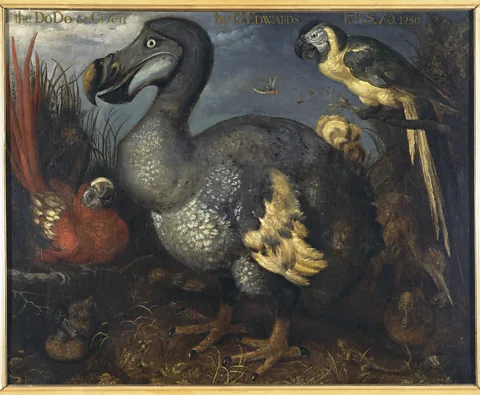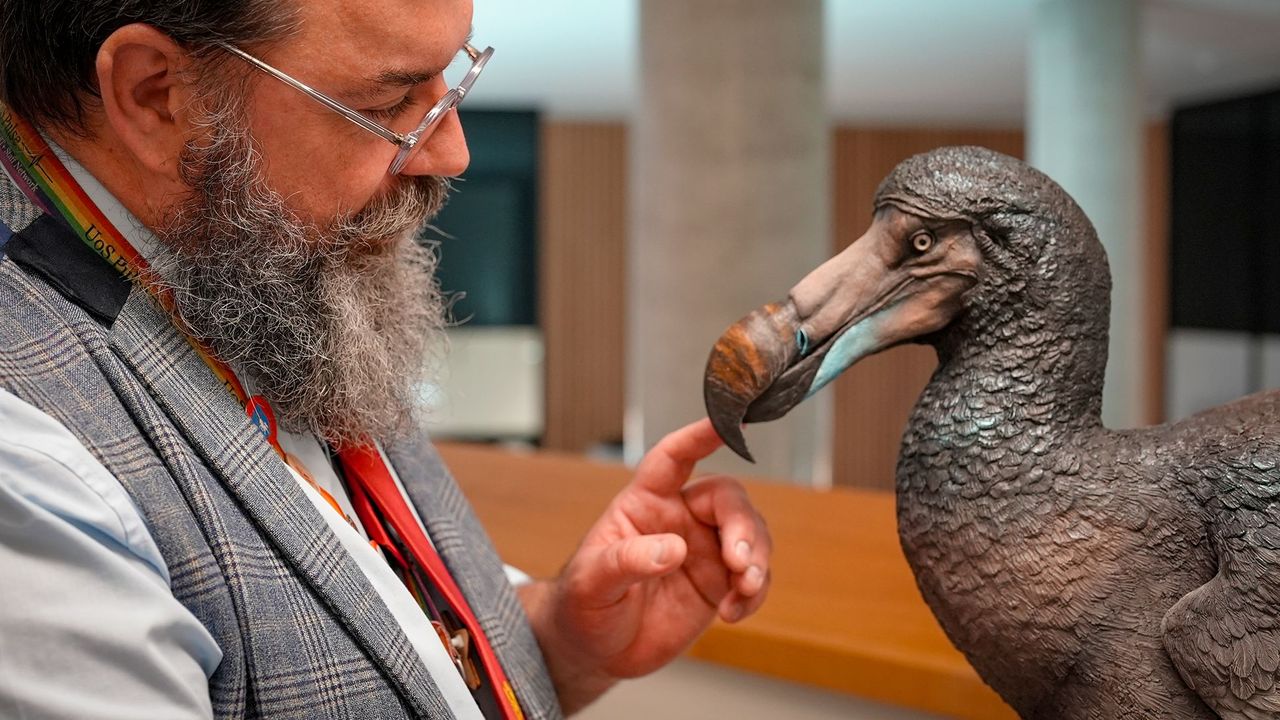Have you ever heard of the dodo bird and wondered what made it so famous? This curious creature has a story that might surprise you.
Understanding what the dodo bird is can open your eyes to lessons about nature, extinction, and even human impact on the world. If you want to uncover the mystery behind this unique bird and why it still matters today, keep reading.
Your next discovery is just a few words away.

Credit: www.nhm.ac.uk
Dodo Bird Origins
The Dodo Birdlived on the island of Mauritius in the Indian Ocean. This island had dense forests and a warm climate. The dodo’s habitat was rich with plants and fruits, which it ate daily. It had no natural predators before humans arrived. The island’s environment helped the dodo grow without fear.
Physical featuresof the dodo were unique. It was a large bird, about 3 feet tall. It had a big, curved beak and strong legs. Its feathers were grayish and soft. The dodo could not fly because its wings were small. Its body was heavy and round.
Behavior And Lifestyle
The dodo bird was a large, flightless bird that lived on Mauritius Island. It ate fruits, seeds, and roots. Its strong beak helped it eat hard food. The dodo searched the forest floor for food. It drank water from streams and pools.
Dodos built nests on the ground. They laid one egg at a time. Both parents cared for the egg and the chick. The chicks stayed close to the nest until they could find food alone.
Extinction Causes
The dodo birdbecame extinct mainly because of human impact. People arrived on the island and hunted the dodo for food. They also brought new animalslike rats, pigs, and monkeys. These animals ate the dodo’s eggs, which made it hard for the bird to have babies.
Predators and environmental changesalso played a big role. The dodo had no natural enemies before humans came. New predators made it unsafe for the dodo to live. Changes in the forest and loss of food sources made survival difficult. The dodo could not adapt fast enough to these new problems.

Credit: www.bbc.com
Dodo Bird In Culture
The dodo bird was a flightless bird that lived on Mauritius Island but became extinct in the 1600s. Often seen as a symbol of extinction, it appears in stories and culture as a reminder of lost nature. Many use the dodo to discuss history and environmental lessons.
Symbolism And References
The dodo birdsymbolizes extinctionand lost innocence. Many stories mention dodos as a reminder of nature’s fragility. People often use dodo references to highlight carelessness. They show how humans can harm nature. The dodo is in old books and tales. It makes people think about conservationand saving animals.
Representation In Media
Media often shows the dodo bird in funny ways. Cartoons make dodos look silly and clumsy. Movies use dodos to talk about extinct animals. They also show how humans can change nature. Dodos appear in video games as characters or clues. These games teach players about extinct species. TV shows use dodos to talk about history and science. They help kids learn about past creatures.
Scientific Discoveries
The dodo birdlived on the island of Mauritius. Scientists have found fossilsthat tell us about its size and shape. These fossils show the dodo was a big, flightless bird.
Research shows the dodo lived around 1600s. They studied bones to understand its diet and behavior. The bird ate fruits and seeds.
| Research Topic | Findings |
|---|---|
| Fossil Finds | Skeletons show large body, no flight ability |
| Studies | Diet mostly fruits, lived in forests |

Credit: www.bbc.com
Frequently Asked Questions
What Is A Dodo Bird?
A Dodo Bird was a flightless bird that lived on Mauritius island and is now extinct.
Why Did The Dodo Bird Become Extinct?
The Dodo Bird died out due to hunting and animals introduced by humans.
How Big Was The Dodo Bird?
The Dodo Bird was about 3 feet tall and weighed around 15 to 20 kilograms.
Conclusion
The dodo bird remains a symbol of extinction and loss. It lived on Mauritius island and could not fly. Human activities and animals caused its disappearance. Scientists study the dodo to learn from past mistakes. Its story teaches us to protect wildlife today.
Remembering the dodo helps us value nature. The bird’s fate warns us about carelessness. We should work to save endangered species now. The dodo’s legacy still speaks loudly to all.
